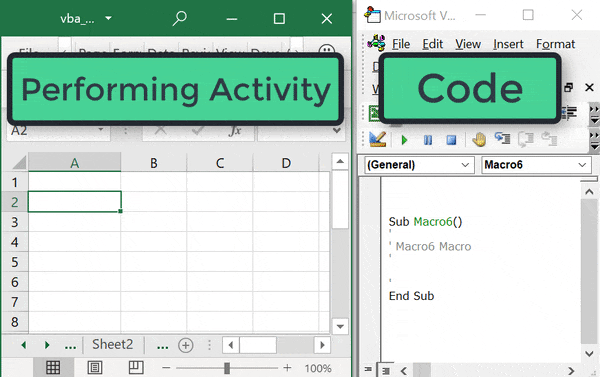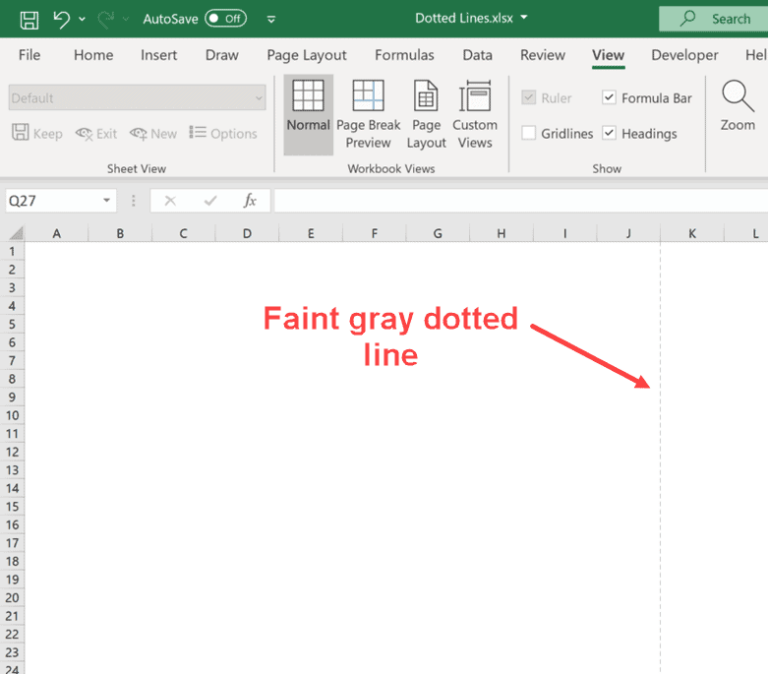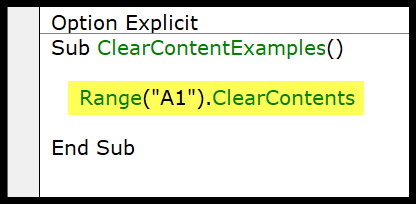As someone who often works with Excel, I’ve grown to appreciate the simplicity yet powerful capabilities that VBA, or Visual Basic for Applications, provides. One particularly handy function I’ve used is the ISNUMERIC function. It’s a straightforward tool that helps determine if the data you’re dealing with is numerical. Simply put, when you feed it a value, it tells you with a true or false whether you’re dealing with a number.
What’s cool about ISNUMERIC is its wide range of applications in Microsoft Excel, which has been an invaluable program since Excel 2000 and continues to be so. In Excel, you’re constantly interacting with different types of data, and knowing whether the content you’re executing an action upon is numerical can influence the logic flow of your automation. It might be a simple check, but it’s the cornerstone for ensuring that data is processed correctly.
Syntax
IsNumeric(Expression)
Arguments
- Expression: I check if it’s numeric (like a number, a cell value from A1).
- Boolean Value: I get True if numeric, False for non-numeric values.
- Variant: No matter the type, variable, or range, I can test them all.
- Value: I determine if a given value, a string, or a numeric expression is an actual number.
Example
Sub example_ISNUMERIC()
Dim result As Boolean
result = IsNumeric(Range("A1").Value)
If result Then
MsgBox "The value is numeric", vbInformation
Else
MsgBox "The value is not numeric", vbExclamation
End If
End Sub
In this example, I’m testing if cell A1’s value is numeric. After the IsNumeric function call, the code uses a simple If-Then-Else statement to display a message box:
- True: Shows “The value is numeric”
- False: Shows “The value is not numeric”
By running this, you can easily count non-numeric entries by checking values one by one.


